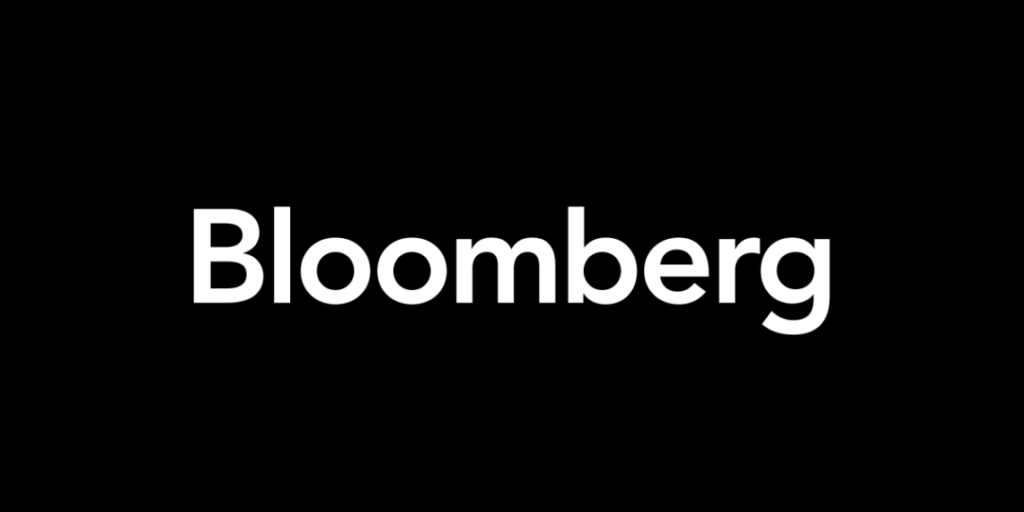Bloomberg has announced the launch of a first-of-its-kind tool, making it the first data provider to utilize resources from the UN Environmental Programme Finance Initiative. This tool enables investors to evaluate the potential impact of a company’s operations on any of the United Nations’ 17 Sustainable Development Goals (SDGs). The SDGs serve as fundamental pillars for achieving global peace and prosperity by 2030, as adopted by UN member states.
In 2021, the global impact investing market exceeded USD $1 trillion in assets, according to the Global Impact Investing Network. However, the UN highlights a substantial funding gap of USD $2.5-3 trillion per year for developing countries to achieve the SDGs by 2030 (UN Sustainable Development Group). Bloomberg’s innovative data mapping and materiality assessment aim to provide investors with clearer insights. This tool will aid investors in directing capital towards sustainable assets and evaluating the alignment of private sector activities with the SDGs.
To meet the growing demand for unbiased SDG-related data, Bloomberg has incorporated the UN Environmental Programme Finance Initiative (UNEP FI) Sector Impact Map into its ESG data offerings. This resource, based on a comprehensive impact methodology, maps over 500 sectoral activities to 38 impact topics and the SDGs. It distinguishes between positive and negative impacts a company may have on the environment, people, and economic development. Bloomberg has applied UNEP FI’s Sector Impact Map across 50,000 public companies using granular segment revenue classification.
The SDG Impact assessments provided by this tool offer investors valuable market information for corporate engagement and security selection. Bloomberg’s extensive data coverage facilitates benchmarking and fund classification, addressing the evolving regulatory reporting environment in sustainable finance. The tool is accessible on the Bloomberg Terminal and through the Bloomberg Data License for enterprise applications.
